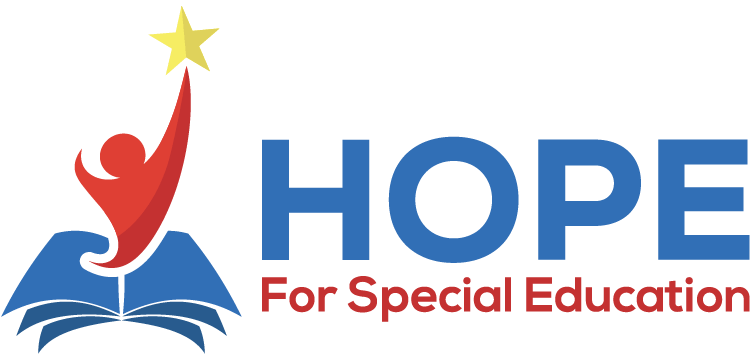What is Autism Spectrum Disorder (ASD)? This will give you a good idea.
Autism Spectrum Disorder (ASD) is a neuro developmental disability that can cause significant social, communication and behavioral challenges. It causes a delay or disturbance in the acquisition of skills in a variety of developmental domains, including motor, social language, and cognition. There is often nothing about how people with ASD look that sets them apart from other people, but people with ASD may communicate, interact, behave, and learn in ways that are different from most other people.



